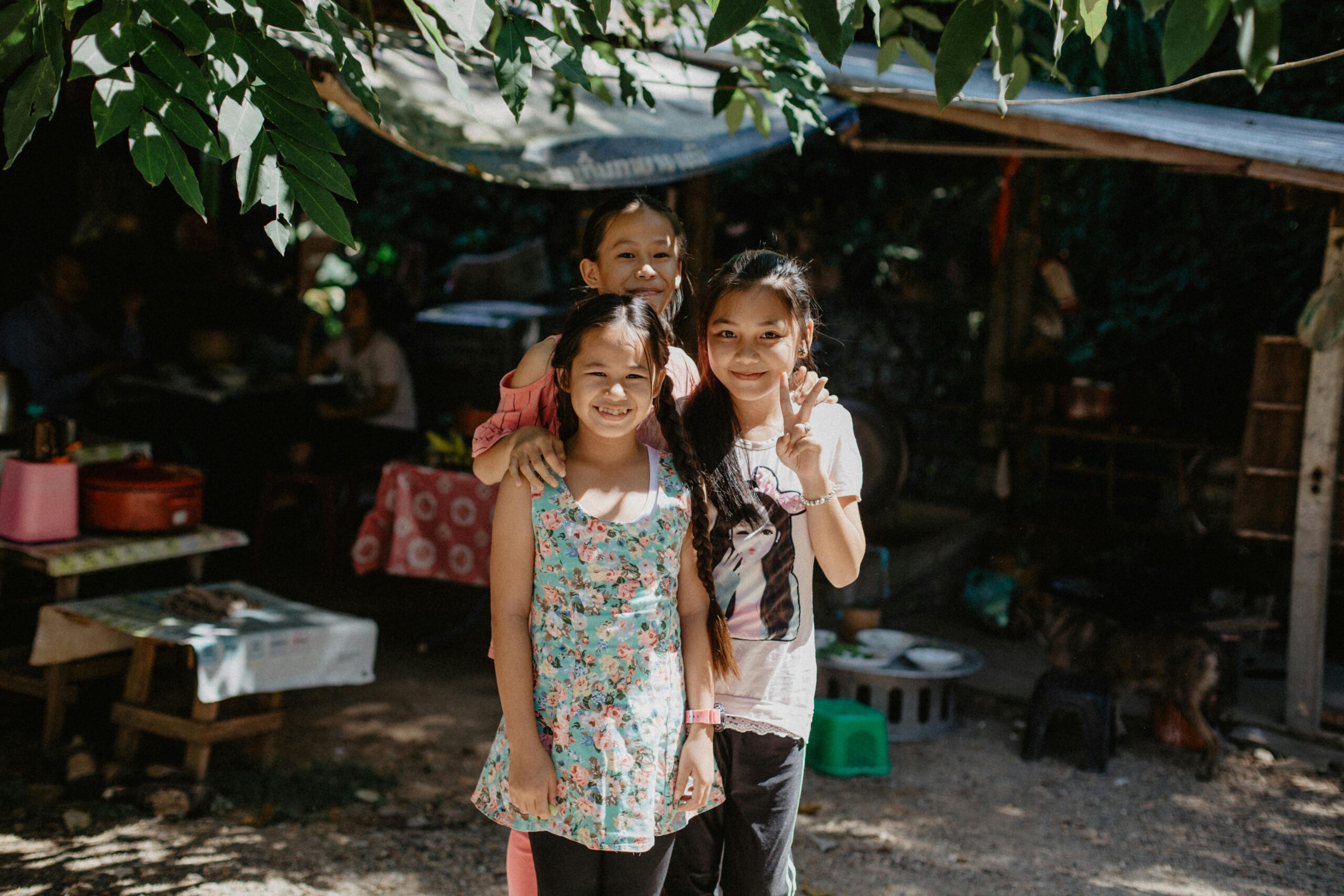The concept of child poverty often evokes visions of dilapidated, ramshackle homes in developing countries. However, it might surprise you that this is not a phenomenon confined to low-income nations alone. Even wealthy nations are grappling with child poverty; a grim reality that manifests in subtle yet profound ways. This issue has multi-dimensional implications, affecting children’s education, health, and overall quality of life.
What Is Child Poverty
Poverty is usually defined as the state of having insufficient material possessions or income. When it comes to child poverty, it involves more than just money. It points towards scenarios where children lack the minimum, acceptable standards of living because their families have low economic resources. For instance, they may not have access to quality education or nutritious food.
Sometimes, such impoverished conditions could be temporary due to a sudden change in the family’s circumstances such as loss of employment or illness. Although wealthy nations have social security nets in place, these measures aren’t foolproof, leaving some families underprepared for such eventualities.
Child Poverty In Wealthy Nations
Child poverty can be found even in affluent societies. According to UNICEF, around 20% of children in wealthy countries live in relative poverty. In practical terms, this means that these children live in households with incomes below half the national median income. Click to learn more about some initiatives undertaken to support such families.
Implications Of Child Poverty
The implications of child poverty are profound and far-reaching. It affects every aspect of a child’s life – from health and nutrition to education and opportunities for growth. Research shows that children who grow up in impoverished conditions are more likely to perform badly in school, suffer from poor health, and become susceptible to a life of crime.
Facing the Harsh Realities
Children living in poverty often face multiple deprivations that affect their ability to enjoy, participate in, and contribute to society. They are more likely to drop out of school early or have low attendance rates than their more affluent peers. These children may also face health problems due to malnutrition or the inability to access healthcare services.
The Health Consequences
Poverty can have severe implications on a child’s physical health. Malnutrition leads to stunted growth and weakened immunity. Additionally, inadequate living conditions may expose children to unhygienic conditions, resulting in a higher risk for diseases. Mental health problems may also arise from experiencing the stress and anxiety associated with poverty.
Education And Child Poverty
Access to quality education is another area where poverty-stricken children often fare worse than their peers from better-off families. The lack of resources could mean being unable attend school regularly, lower academic performance, and a higher likelihood of leaving school early. This could limit their future prospects significantly.
Social Exclusion And Isolation
Poverty can lead to social exclusion and isolation for children. Being unable to afford basic necessities such as food, clothing, and schooling materials can make them feel different from their peers, causing them to withdraw socially. This isolation can negatively impact their mental well-being and perpetuate the cycle of poverty.
Escaping The Poverty Cycle
While tackling child poverty is undeniably challenging, it’s far from impossible. Governments need robust policies aimed at reducing household poverty levels overall for substantial strides to be made in battling childhood poverty. Increasing access to quality education, improving healthcare systems, providing child benefits can all be part of the solution.
Role Of Education
Educational interventions hold the key to breaking the cycle of poverty. When children get quality education, it opens up opportunities for them to acquire good jobs in the future. Governments should focus on reducing disparities in educational achievement and ensure all children have access to quality education.
Boosting Family Income
Strategies such as raising the minimum wage or introducing unconditional governmental cash transfers can help families manage their finances better. By boosting family income, we equip them with the resources necessary for their children’s development, leading to improved overall well-being.
Social Security Systems
Improving and strengthening social security systems is crucial. Health insurance that covers comprehensive health services including mental health services are essential. Additionally, support during times of economic shocks is important to prevent families from slipping into poverty.
The Way forward
Child poverty is a global issue that requires global solutions. It’s clear that tackling child poverty isn’t just about improving incomes – it’s about investing in children’s nutrition, healthcare, and education. Only when these aspects are addressed can we hope for a significant reduction in child poverty.

